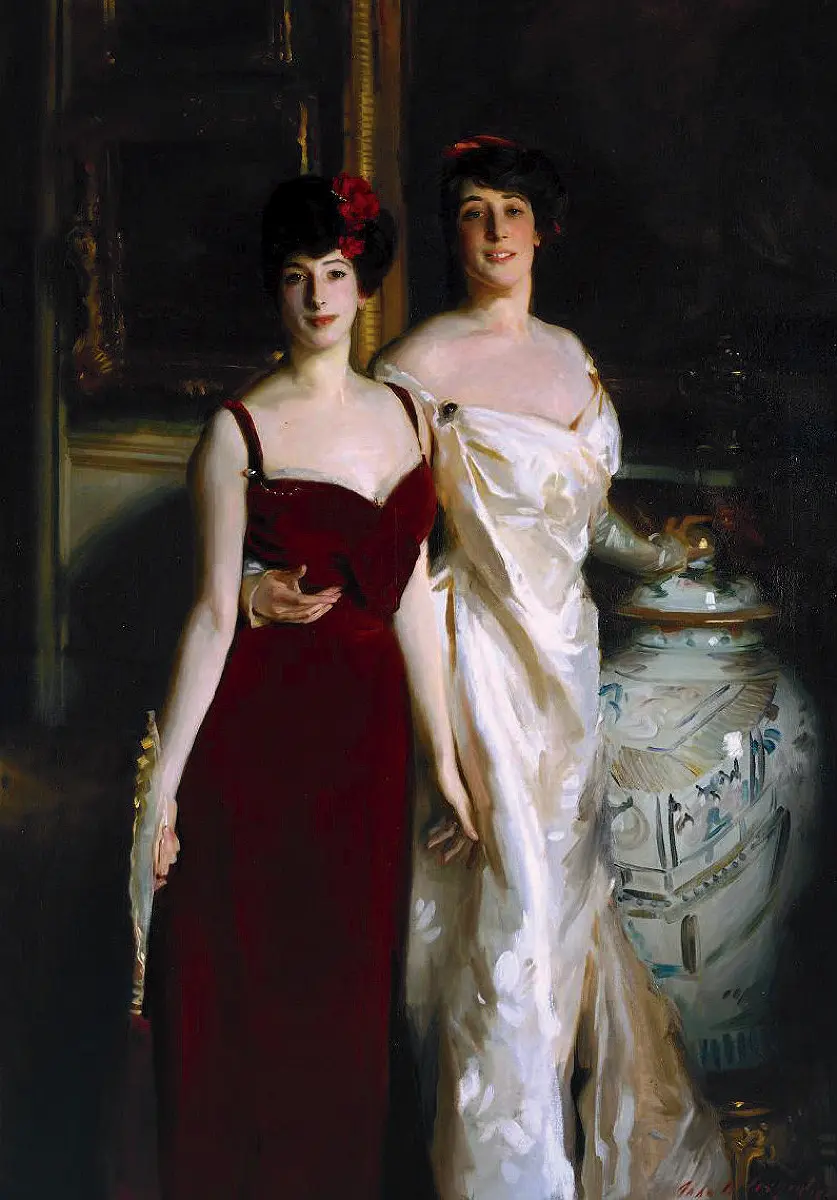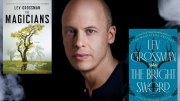Land Between the Rivers: A 5,000-Year History of Iraq, by Bartle Bull ’93 (Atlantic Monthly Press, $35). It’s a safe bet that most Americans’ knowledge of Iraq doesn’t extend beyond Saddam Hussein. Bull, who has reported from and invested in the region, crafts a sweeping journalistic history of the place between the Tigris and Euphrates where writing, urban civilization, and so much more arose (as memorably shown in the images of the surviving magnificent ruins and artifacts). Emphasizing the past, he ends his account with the monarchy’s overthrow in 1958.
The Containment, by Michelle Adams, LL.M. ’94 (Farrar, Straus and Giroux, $35). The promise of desegregated education held forth in Brown v. Board of Education (1954) ended two decades later, when the Supreme Court, on appeal, in Milliken v. Bradley overturned a proposal to desegregate Detroit metropolitan area schools: the city together with its surrounding suburbs. Adams, a city native, now Butzel professor of law at the University of Michigan, tells the tangled story of “Detroit, the Supreme Court, and the Battle for Racial Justice in the North” (the subtitle) with propulsive narrative skill.
Academic Writing as if Readers Matter, by Leonard Cassuto, Ph.D. ’89 (Princeton, $22.95 paper). A yawning gap separates scholars from the public, in part because academic language is specialized—and because most academic writing makes for dismal reading. Cassuto, professor of English at Fordham, points out that student writers on the ladder up into the professoriate expect their work to be read carefully, because “the reader is getting paid.” That is, of course, “the exact opposite of the general reader’s” position: paying to read something. Remembering that “most academic writing is unfriendly and ungenerous” is a big deal, if borne in mind. One may hope this is the beginning of a virtuous crusade.
Make Your Own Job: How the Entrepreneurial Work Ethic Exhausted America, by Erik Baker, Ph.D. ’22 (Harvard, $35). Work long meant a sort of industrious drudgery: showing up and doing what you were told. During the past century, it has been recast to valorize entrepreneurialism, argues Baker, a lecturer on the history of science—an “ethic” that “enjoins us to work more intensely than we need to and leaves us feeling devoid of purpose when we don’t have work, or the right kind of work, to do.” A thought-provoking, nuanced, well-written cultural, social, and intellectual history derived from a Harvard dissertation.
The Last Human Job: The Work of Connecting in a Disconnected World, by Allison Pugh ’88, G ’91 (Princeton, $29.95). A professor of sociology and chair of women, gender, and sexuality at the University of Virginia examines the increasingly automated, rationalized workplace and how it is at odds with the “connective labor” that professionals, among others, seek from their work: “forging an emotional understanding with another person to create the outcomes we think are important.” Not the sort of thing well captured in data analytics or AI algorithms, but arguably more important in the work lives, and overall productivity, of a lot of people and the wider society.
The Essential Howard Gardner on Mind and The Essential Howard Gardner on Education (Teachers College Press, $39.95 each, paper). During a Harvard career that began with his College enrollment in 1961 and continues through his status as research professor of education, Gardner has become widely known for pioneering advances in cognition (multiple intelligences), ethics (what constitutes good work), and their application to and interaction with education. Because it is both daunting and productive to try to pull those widely diverse strands of thought and scholarship together, it’s valuable to have his selection of his greatest hits.
The Monument’s End: Public Art and the Modern Republic, by Marisa Anne Bass, Ph.D. ’11 (Princeton, $35). The author, professor of the history of art at Yale, “grew up in the American South, where I lived surrounded by monuments of a condemnable kind,” glorifying the defenders of slavery. So she knows that “Monuments have always been a problem.” Although her book “does not offer a solution,” her examination of the experience of the early modern Netherlands—attempting to reconcile newfound imperial prowess with the ideals of the Dutch Republic—illuminates contemporary dilemmas. “[M]onuments made to last,” she suggests, “are the very kind we no longer need.”
American Eldercide: How It Happened, How to Prevent It, by Margaret Morganroth Gullette ’62, Ph.D. ’75, RDI ’87 (Chicago, $30). A writer-activist focused particularly on aging and the aged, Gullette addresses head-on “all the people in…nursing facilities who died of COVID,” people she considers “often forgotten and exposed.” As she excoriates “the humiliating and lethal governmental abandonment of these people amount[ing] to eldercide,” the larger point, pandemic aside, is continuing care of the most vulnerable citizens in what is, after all, “a rich democracy.”
Family Romance: John Singer Sargent and the Wertheimers, by Jean Strouse ’67, RDI ’77 (Farrar, Straus and Giroux, $30). The biographer of J.P. Morgan and Alice James here focuses on the dozen portraits of Asher Wertheimer’s family, painted by Sargent from 1898 to 1908—and so sheds light on the changing British upper classes (portraits of Jews hung among the Anglo-Saxons in the National Gallery), and, she writes, “the dazzle and the unease of a world in radical flux.”

Macroevolutionaries: Reflections on Natural History, Paleontology, and Stephen Jay Gould, by Bruce S. Lieberman ’88 and Niles Eldredge (Columbia, $27.95). In Gould’s spirit, his colleagues and friends, both invertebrate paleontologists and evolutionary biologists, craft essays on their common science—with puns, pop-culture references, and asides aplenty—to Yogi Berra, Jaws, the Three Musketeers, and more. Serious fun.
What We Can’t Burn: Friendship and Friction in the Fight for Our Energy Future, by Eve Driver ’20 and Tom Osborn ’20 (Westwood Press, $27.95). An interactive memoir by a Fossil Fuel Divest Harvard activist and a clean-energy activist who viewed the world quite differently. Today, they “see the power that can come from technologists and activists lifting up one another.”
World of Rot, by Britt Crow-Miller, A.M. ’09 (Storey Publishing, $18.99). A vividly illustrated introduction to “the wriggly, slimy, super-cool decomposers we couldn’t live without,” by a naturalist/writer/senior lecturer at the University of Massachusetts Amherst. Somewhat didactic, but any curious child is naturally interested in mud and gunk and pill bugs, so with Bruno Valasse’s illustrations helping, this should work just fine for its intended audience.
Make Work Fair: Data-Driven Design for Real Results, by Iris Bohnet and Siri Chilazi (HarperCollins, $32). The Kennedy School’s Pratt professor of business and government and co-director of its Women and Public Policy Program, and a senior research associate there, go beyond diversity initiatives to explain how to create equitable workplaces, aiming to give “all people—regardless of gender, race, ethnicity, sexual orientation, or any other aspect of their identity or background—access to a playing field where some people are not unfairly advantaged in a way they didn’t earn.” They define fairness and work broadly; for example, in the classroom, Bohnet is at pains not to allot “men more airtime than women” or ignore “students whose first language is not English” or call on “the same eager beavers every class while overlooking the tentative hands that occasionally go up in the back row.”
Stem Cells to the Rescue, by Helen M. Blau, Ph.D. ’75, and Margery J. Fain, Ph.D. ’75 (Cold Spring Harbor Laboratory Press, $12.95 paper). Too few scientists translate their work for the public. Two friends who met during their doctoral studies effectively and appealingly apply their impeccable credentials (Blau, a former Overseer, directs Stanford’s Baxter Laboratory for Stem Cell Biology; Fain, a research biologist turned author and illustrator) in a rhyming guide for children (and their befuddled parents) to a foundational field and potential technology of therapeutic importance. Who can forget that “The stem cell team lives in your body,/Replaces parts when they are shoddy.”
Black in Blues: How a Color Tells the Story of My People, by Imani Perry, Ph.D.-J.D. ’00, RDI ’19 (Ecco, $28.99). The Morss professor of studies of women, gender, and sexuality and of African and African American studies conducts a searching essay/meditation/investigation into the queries, “[W]hy so much blue? And what makes it matter? What makes it mournful and hopeful and Black? How did the ones who Curtis Mayfield called ‘we the people who are darker than blue’ come to be?”






